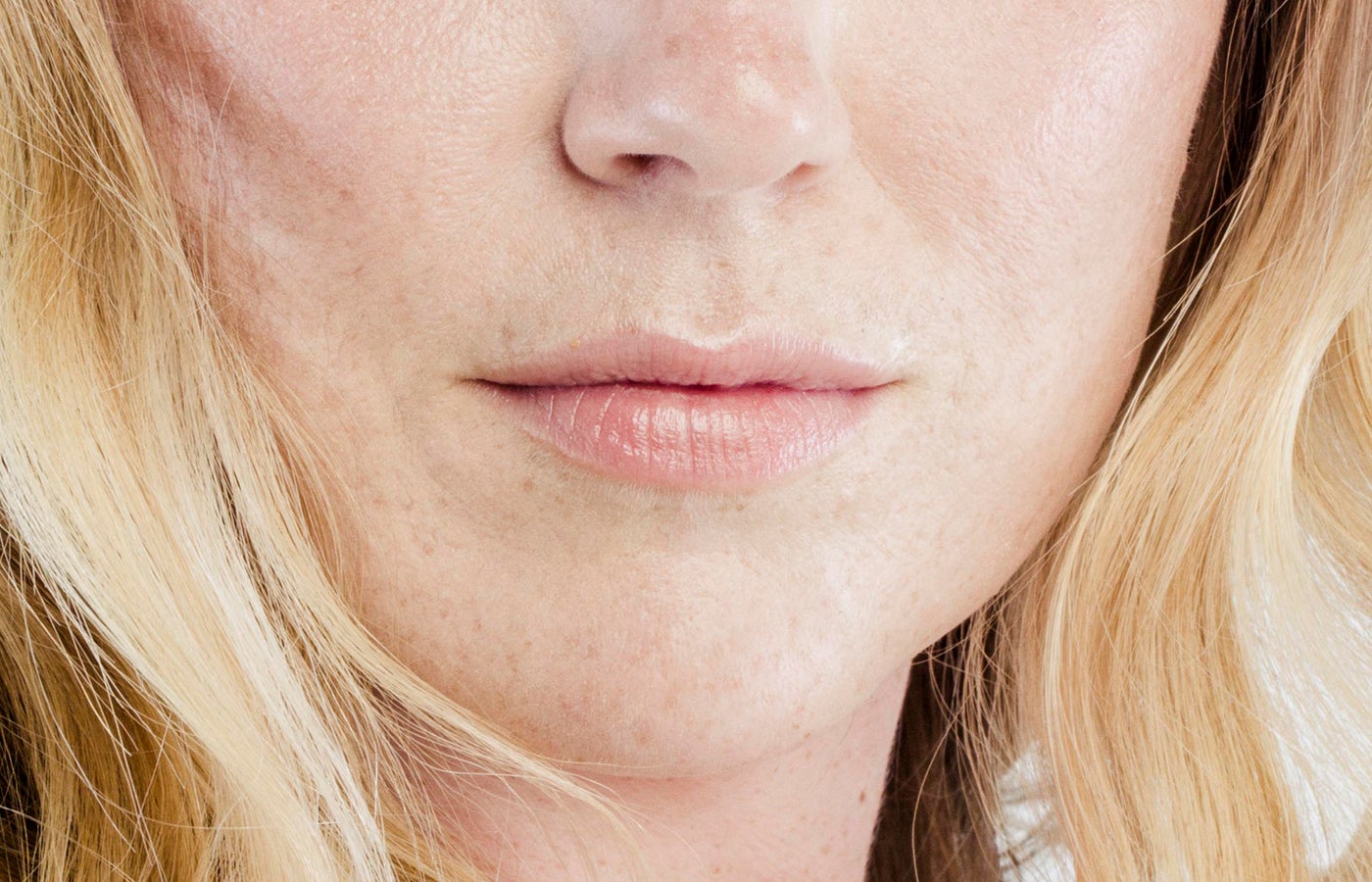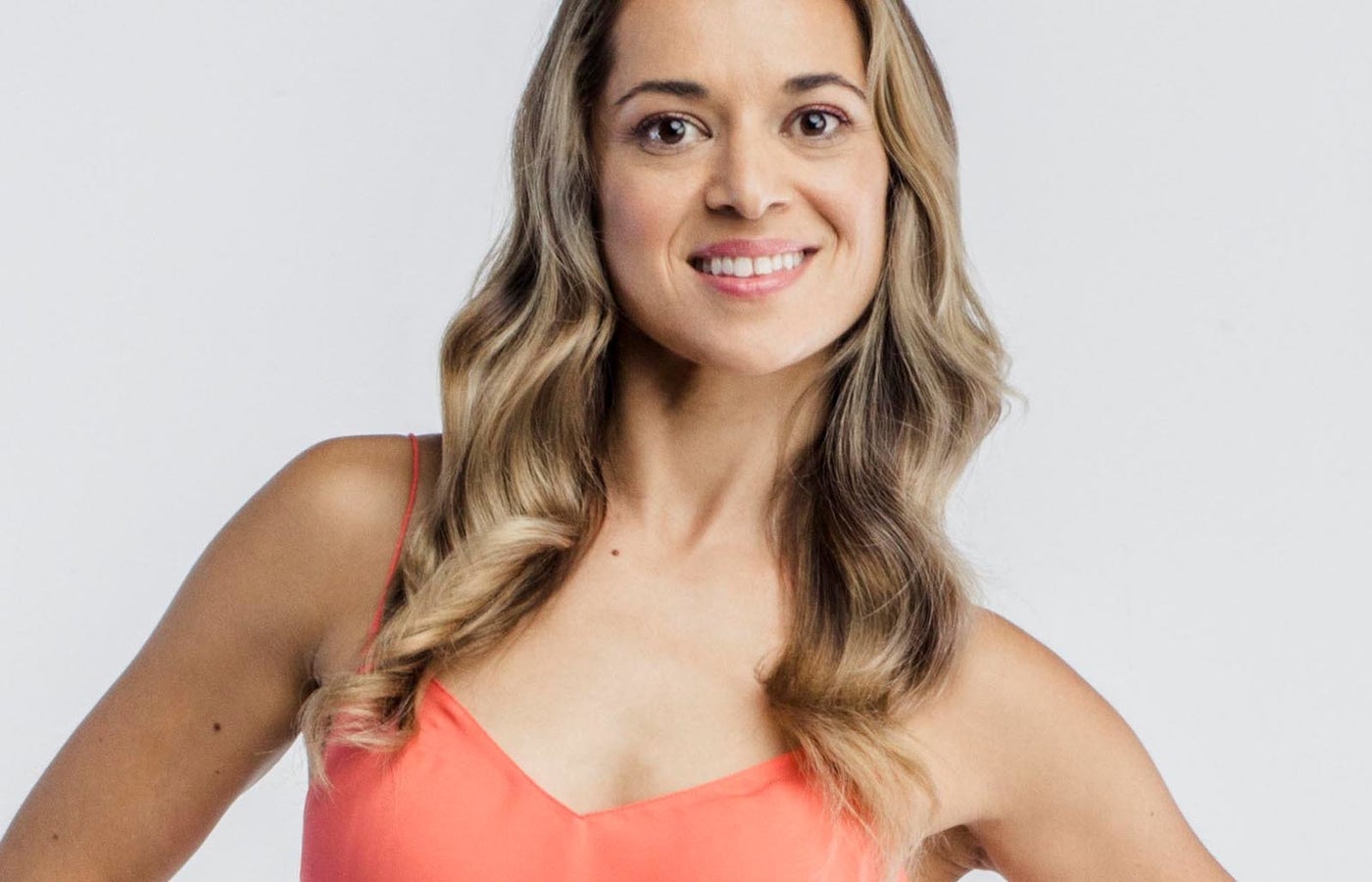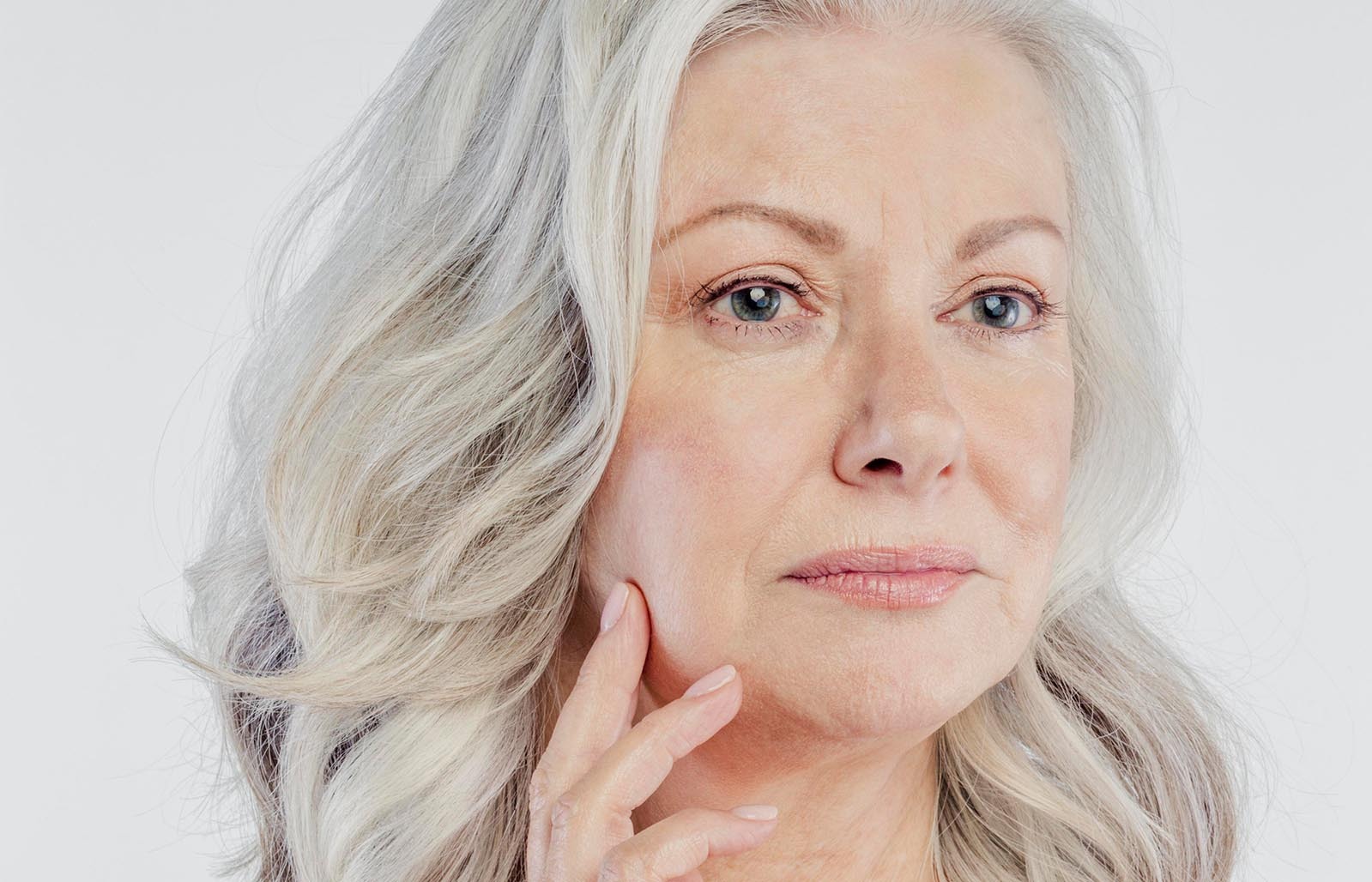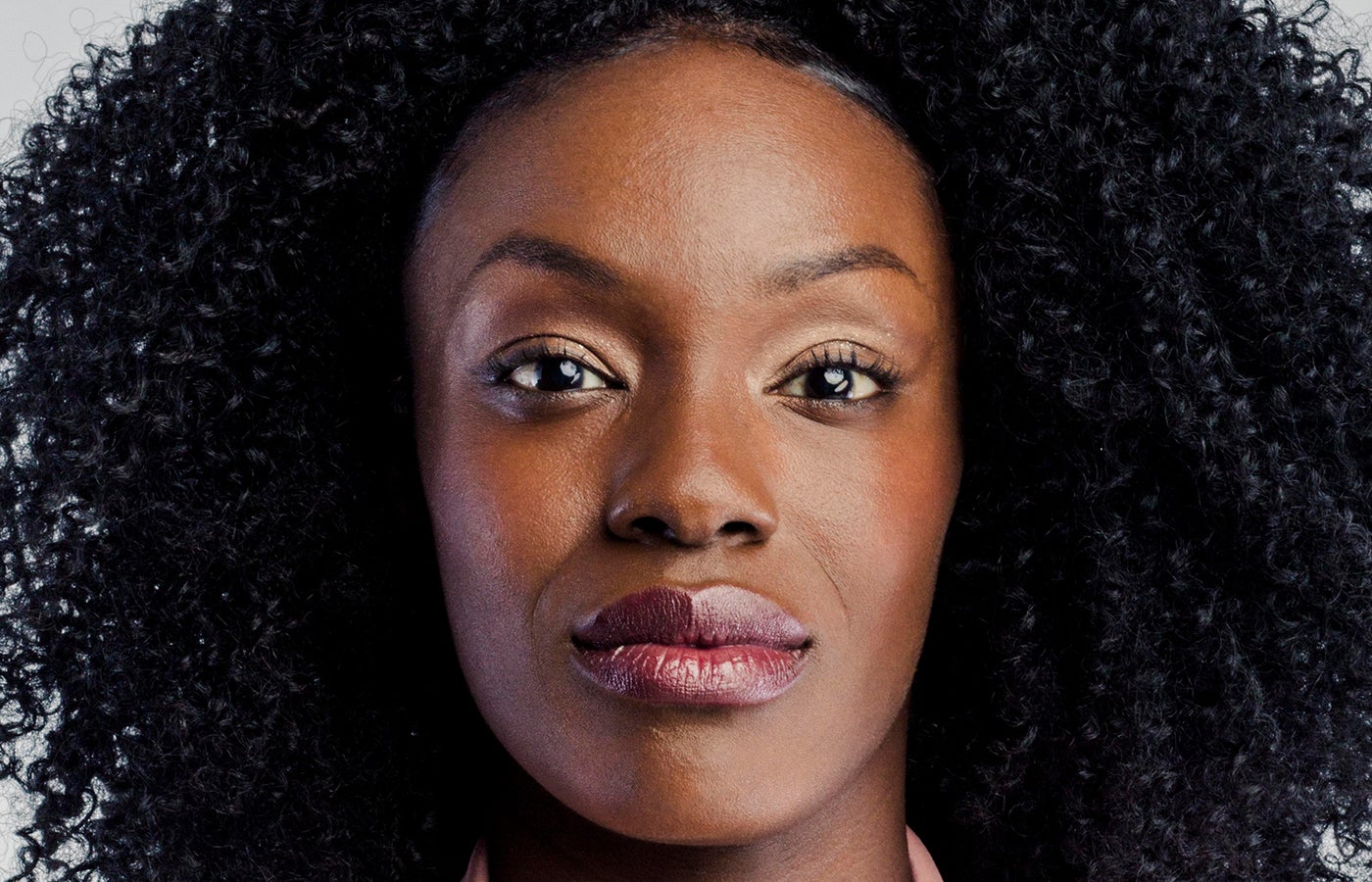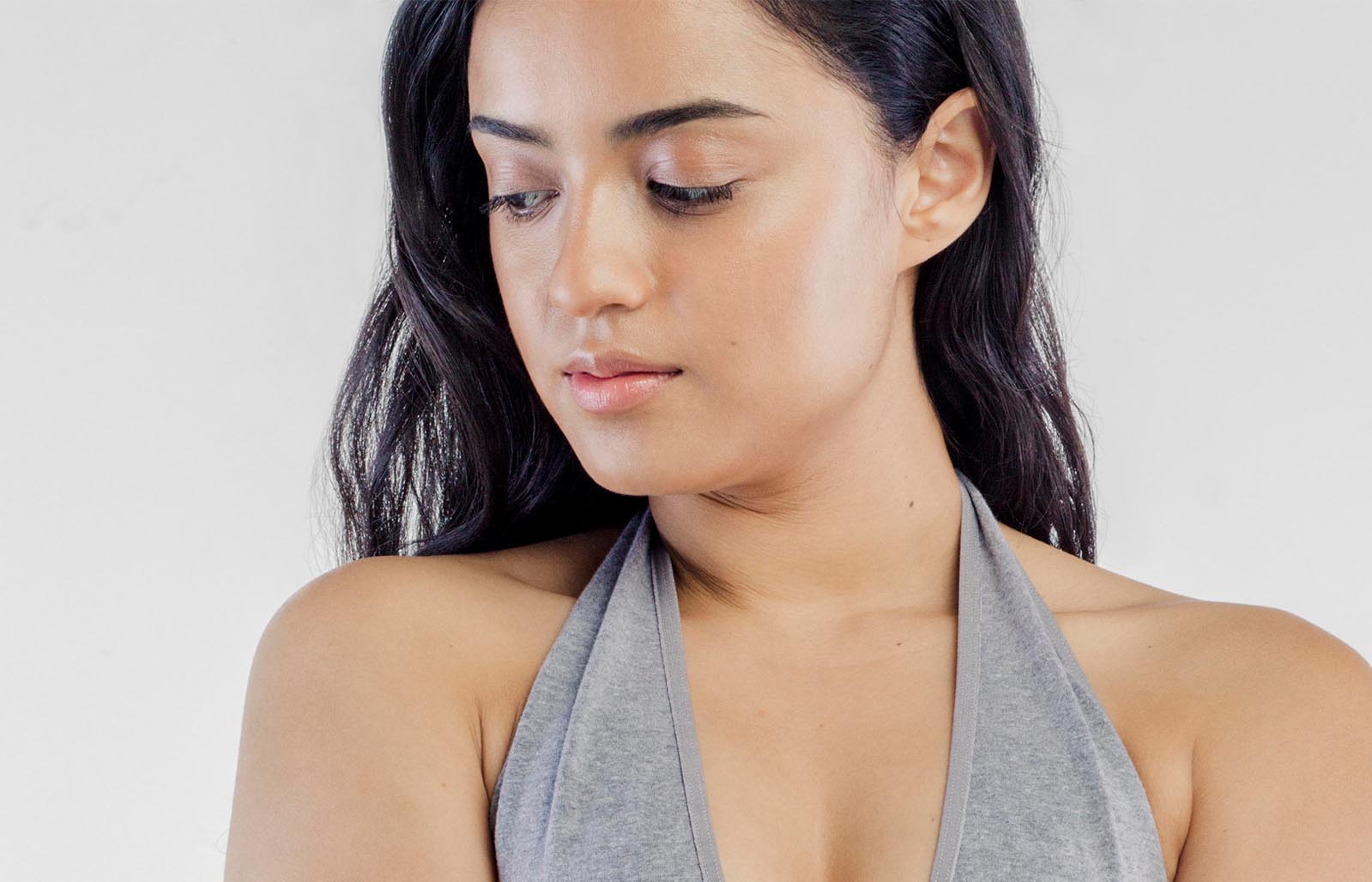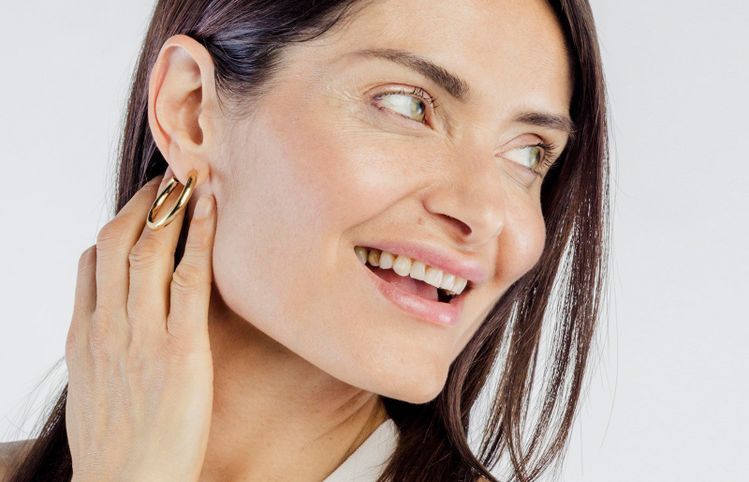Chin filler is a nonsurgical treatment for chin augmentation and jawline enhancement. An alternative to permanent chin implant surgery, temporary, FDA-approved dermal fillers can be injected into the soft tissue under the skin to:
- give a weak chin more projection and definition
- improve the shape of the chin
- correct asymmetries
- balance facial features (like a prominent nose)
- restore lost volume
- smooth chin wrinkles and marionette lines
- fill in a cleft
- create more definition between the face and neck
- reduce the look of a double chin
- camouflage early jowls
- make a wide chin look more narrow
This quick, lunchtime procedure comes with no downtime and a low risk of side effects, in the hands of an experienced injector.
Learn about a variety of chin enhancement options from Dr. Jennifer Levine, a board-certified plastic surgeon in New York City, and two RealSelf members who had chin procedures.
Pros
- A chin filler treatment can create greater chin projection, reverse volume loss, or simply give the look of a more defined chin, without the need for a surgical procedure.
- It doesn't require any downtime.
- Your provider can tailor the placement and volume of your filler to your desired results (whether subtle or more substantial). Your outcome can be touched up or tweaked later.
- Chin filler injections are a temporary solution for people who aren’t yet ready for the permanence of a chin implant—or for those who are considering surgery but want to "try on" a new look first.
- Fillers have a lower up-front cost than a chin implant or chin liposuction.
- If you don’t like the results of your hyaluronic acid–based filler, they can be reversed (though you’ll probably have to pay extra for that).
- Reviewers on RealSelf give chin fillers a 86% Worth It Rating, with one patient calling the treatment a "total game changer" and another claiming it was the "best decision" they have ever made.
Cons
- Results of this nonsurgical chin augmentation can be subtle. If you’re looking for a dramatic change, you may not be completely satisfied.
- Significant projection requires a large amount of filler (usually charged per syringe), so the treatment can be costly.
- Chin filler results may last only a year or two, depending on how quickly your body metabolizes the filler. You’ll need follow-up treatments to maintain your look. Over time, that could end up costing you more than a permanent implant.
- While malleability allows fillers to be shaped and injected precisely, the same soft texture prevents them from exactly simulating the firmness of the chin bone. “This malleability also means the filler may not hold its precise shape (like an implant),” says Dr. Brock Ridenour, a board-certified facial plastic surgeon in Saint Louis, Missouri.
- Average Cost:
- $1,949
- Range:
- $700 - $4,000
Your chin filler cost will depend on the type of filler injected, number of syringes you need, your provider’s level of experience, and their practice location.
Cosmetic treatments like this one aren’t covered by insurance.
If you intend to maintain your chin augmentation results long-term, a permanent chin implant may be more cost-effective. “I have patients ‘try’ the fillers first,” says Dr. Benjamin Caughlin, a board-certified facial plastic surgeon in Chicago. “It can show you what could be, and then, if you love it, we can do the implant to be more economical.”
You can finance your treatment with CareCredit.
The chin filler photos in our gallery have been shared by the provider who performed the procedure, with the patient's consent.
According to doctors on RealSelf, the best fillers for chin augmentation are Juvéderm Voluma and Radiesse.
In June 2020, Juvéderm Voluma became the first and only filler officially sanctioned for use in the chin area, gaining approval from the U.S. Food and Drug Administration (FDA). This high-viscosity facial filler contains hyaluronic acid, a substance naturally produced in the skin that plumps and volumizes by attracting and holding up to 1,000 times its weight in water. Providers may use other similar hyaluronic acid fillers, like Restylane, off-label.
Voluma can last up to two years or more before it naturally resorbs into the body. It can also be dissolved early with hyaluronidase, if you wish.
Juvéderm Voluma is a preferred jawline filler because of how well it holds its shape, but Juvéderm Volux, which is even more robust than Voluma, was FDA-approved for jawline definition in 2022. It’s commonly used in the chin, as well.
Many providers recommend semipermanent Radiesse for chin augmentation. “This filler is made of calcium hydroxyapatite microspheres, which offer more structural support and firmness than hyaluronic acid,” says Dr. Sanusi Umar, a board-certified dermatologic surgeon in Manhattan Beach, California.
As a semisolid substance, Radiesse better imitates the bony chin area. Like hyaluronic acid fillers, this material eventually dissipates on its own—typically within a year or two—but it also stimulates the body’s own collagen production for longer-lasting effects.
However, there’s no substance like hyaluronidase to dissolve Radiesse at will. So if there is a complication, or the results aren’t to your liking, you’ll have to wait them out. It's worth noting that a 2013 study of dermal filler complications found that treatment with calcium hydroxylapatite filler had the highest complication rate, compared to hyaluronic acid and poly-L-lactic acid (PLLA) products—though the rate of complications was still less than 3%.
Some providers combine the two types of fillers, for best results. “When treating the chin, we often use them in combination,” says Kimberley Rolley, a physician assistant at the Mabrie Facial Institute, headed by board-certified facial plastic surgeon Dr. David Mabrie, in San Francisco. “We place Radiesse deep, on top of the bone, since it is a firmer, stronger filler. We then layer Juvéderm Voluma more superficially, to help push the skin outward for further projection.”
While not as frequently chosen for chin injections, the poly-L-lactic acid filler called Sculptra can also be used in the chin. According to a 2023 study, however, “There are no high‐quality, randomized controlled trials as of yet studying the use of PLLA injections on lower face rejuvenation.”
Technique impacts the outcome as much as the filler itself. When you're considering any dermal filler treatment, seek out a highly experienced injector, like a board-certified dermatologist, who can make personalized recommendations for you and knows how to minimize risks.
RealSelf Tip: The FDA strongly advises that you avoid permanent silicone injections, which can have serious complications and be extremely difficult to remove.
Here’s what to expect on the day of your appointment.
- First, your provider will take a medical history, assess the balance of your facial features, and discuss your overall aesthetic goals. They’ll determine how many syringes you’ll need to achieve your goals, as well as advise on the specific type of injectable filler they intend to use. This is a good time to ask about your total cost for their recommended treatment plan.
- Then they’ll disinfect your skin and may apply a numbing cream for about an hour. (Some fillers include the local anesthetic lidocaine.)
- They’ll place the filler injections into various points along the chin and jawline, massaging the area to mold it into shape as they go. Most people describe feeling slight pressure and some discomfort during injection, but it shouldn’t be too painful.
- Most providers initially inject a conservative volume, especially if this is your first time getting chin fillers.
The entire procedure usually takes 20–30 minutes, depending on how much product is used.
RealSelf Tip: Avoid alcohol and blood thinning medications for at least a week before your appointment to prevent bruising.
Afterward, you may have swelling, tenderness, and bruising at the injection sites, as is common with all types of dermal filler.
Dr. Michael Echavez, a board-certified plastic surgeon in San Francisco, explains that “With any injection, it’s possible to develop bruising and soreness. Normally, these issues subside within a few days, but in some people, they may take longer.” Bruising can linger for several weeks.
There’s no true chin filler recovery time needed, beyond waiting for those symptoms to resolve.
Most doctors recommend avoiding strenuous activity for the first 24–48 hours after getting chin filler. Try not to apply too much pressure to your chin during this time in order to avoid any displacement while the filler settles and gets incorporated into your own soft tissue. Once it has settled, appropriately placed chin filler should not migrate.
Dermal filler injections offer instantaneous results, which is one reason they’re so popular. Due to natural swelling, you’ll see more volume immediately after your treatment.
Your final results will be apparent within a few weeks, once any swelling has subsided. Results depend on the quantity of filler that’s injected, your provider’s technique, your anatomy, and how your body reacts.
RealSelf members’ chin filler before and after photos show better definition between the jawline and neck, but the improvement isn’t always enough for everyone. One RealSelf reviewer says, “I decided to get fillers in my chin, to simulate what a chin implant would look like. I loved the improvement in the days immediately following the procedure, but when some of the swelling went down, I wished it hadn’t.”
The effects of most hyaluronic acid-based fillers are said to last between one and two years in the chin before these gels are gradually metabolized by your body. Juvéderm Voluma and Volux may be longer-lasting than Radiesse.
However, everyone’s body resorbs different types of filler at different rates, so it is impossible to say with full certainty how long any type of dermal filler will last. There are reports of HA fillers showing up on MRI scans a decade or more after they were injected.
The risks and side effects of chin filler depend on the specific product you get, but fillers are generally quite safe.
Beyond the expected side effects of swelling, bruising, and tenderness, filler complications are uncommon, especially with proper injection technique.
As this 2023 study points out, contour irregularities are uncommon with chin filler, since “the skin overlying the chin is thicker compared to the more posterior portions of the face.”
Possible complications include:
- Cellulitis, a bacterial infection
- Nodules called granulomas, which may take two years or more to resolve
- Vascular occlusion, which occurs when filler enters and obstructs a blood vessel; it’s rare (only reported to occur in 0.05% of cases) but can lead to skin necrosis, blindness, or stroke
If you experience severe pain, numbness, changes in vision, or signs of a stroke following your treatment, seek immediate medical attention.
An enhanced chin area and more defined jawline can be achieved through various procedures, depending on your facial anatomy and specific goals. These are the most popular chin filler alternatives:
- A chin implant creates the most comparable results for a recessed chin. Placed surgically, a permanent silicone or Gore-Tex implant increases chin size and projection. These can be custom-carved to suit one’s face size and shape.
- The neurotoxin Botox can help contour the chin and jawline too. If someone holds chronic tension in their chin, relaxing that muscle with Botox can allow it to float forward a modest amount, giving the look of added fullness, projection, and balance.
- Injectable fillers used strategically across the lower face (below the mouth, in the crease of the chin, in the marionette lines and nasolabial folds) can revolumize and enhance the chin without adding obvious width, length, or projection. A touch of lip filler can lend balance.
- In some cases, fat reduction may be the best approach to an improved jawline, especially if you have a double chin. Fat can be reduced either surgically and nonsurgically. During chin liposuction, a plastic surgeon suctions excess fat via a small tube called a cannula, while a CoolMini treatment uses a small applicator to freeze and kill fat cells via cryolipolysis.
- If you have loose, sagging skin around your lower face that’s softening your jawline, tightening that skin may be the solution. In a facelift or neck lift, a plastic surgeon removes excess skin and lifts what remains. Jowls can also be addressed nonsurgically, with energy-based treatments like Thermage, Ultherapy, and Profound RF, which transmit heat below the skin’s surface in order to stimulate increased collagen production and firm up the treated area.
